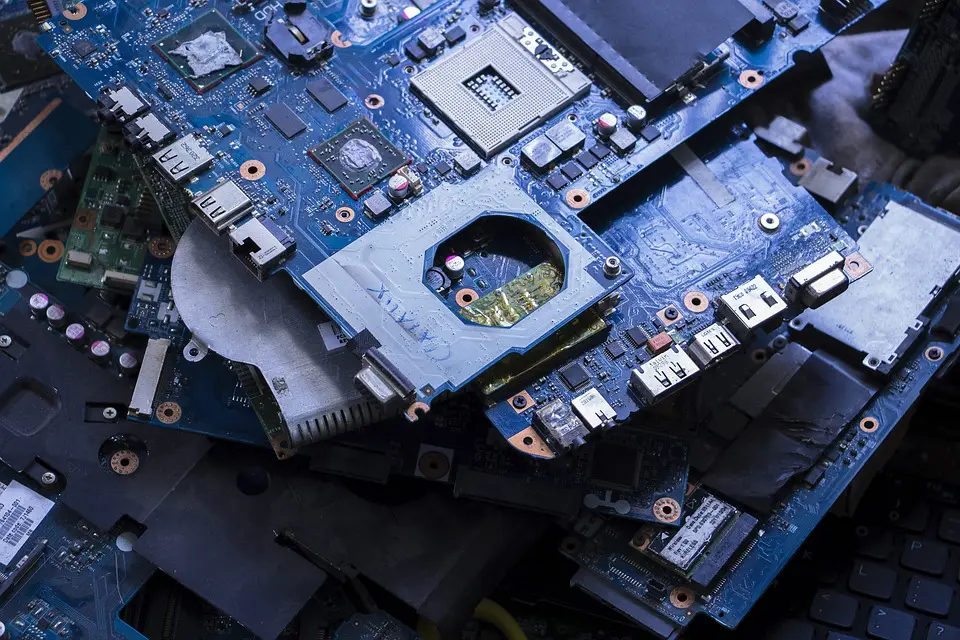PCBs are the workhorses of the electronics industry. These small boards made of copper and fiberglass mechanically support and electrically connect the components that fuel your smart phone, camera, microwave, television, alarm clock, and more.

(Pixabay / Starkvisuals)
Every day, countless numbers of these boards flow into and out of use. If you have an electronic device that is no longer functioning, you may be tempted to toss it and send it to the landfill, but there’s a better way. Given the sea of electronic devices in use, it’s vital that we start recycling PCBs rather than simply throwing them away.
Here are just a few of the advantages of PCB recycling:
- Reduces the depletion of valuable materials like gold, silver, platinum, and palladium (all of which may be used to manufacture PCBs)
- Reduces solid waste and landfill
- Conserves energy
- Reduces pollution
- Reduces greenhouse gas emissions
- Creates new jobs for professional recyclers and creates a secondary market for recycled materials
- Keeps copper from bleeding into the environment through wastewater and solid waste
There are many parts of the board that can be recycled, such as copper from the edge trim, etching solution, rack stripping and solder stripping processes, copper oxide from treatment sludge, and tin from hot air leveling.
In order to harvest the recyclable materials form the boards, you can use a few different processes. They include:
- Solvent extraction: Metal ions are separated from contaminants and are scrubbed of any impurities. After that, they can be sent to ion exchange or precipitation, which yields pure metals.
- Precipitation: Metal ions are combined with a precipitation agent, which transforms the material from a liquid state to a solid state. The liquid material proceeds to additional processing or disposal. The solids are then refined until they become pure metals.
- Ion exchange: Metal ions are harvested, and a solution is added to wash the loaded ion-exchange resins and trap the metal ions. These metals are then refined to a pure state.
We live in a highly expendable world. When the latest iteration of a product hits the market, we are quick to toss the old one and buy a new one. In order to keep our electronics-filled world safe and sustainable, it’s critical to dispose of components, including printed circuit boards, the right way.
If you’re not equipped to do your own PCB recycling, contact waste management companies near you about e-waste recycling. They may have a used electronics trash drop-off location that you can visit. Some companies will even ship you a box that you can fill with your old electronics and send back, postage paid. Contact us at EMS Solutions for questions about PCB recycling.
